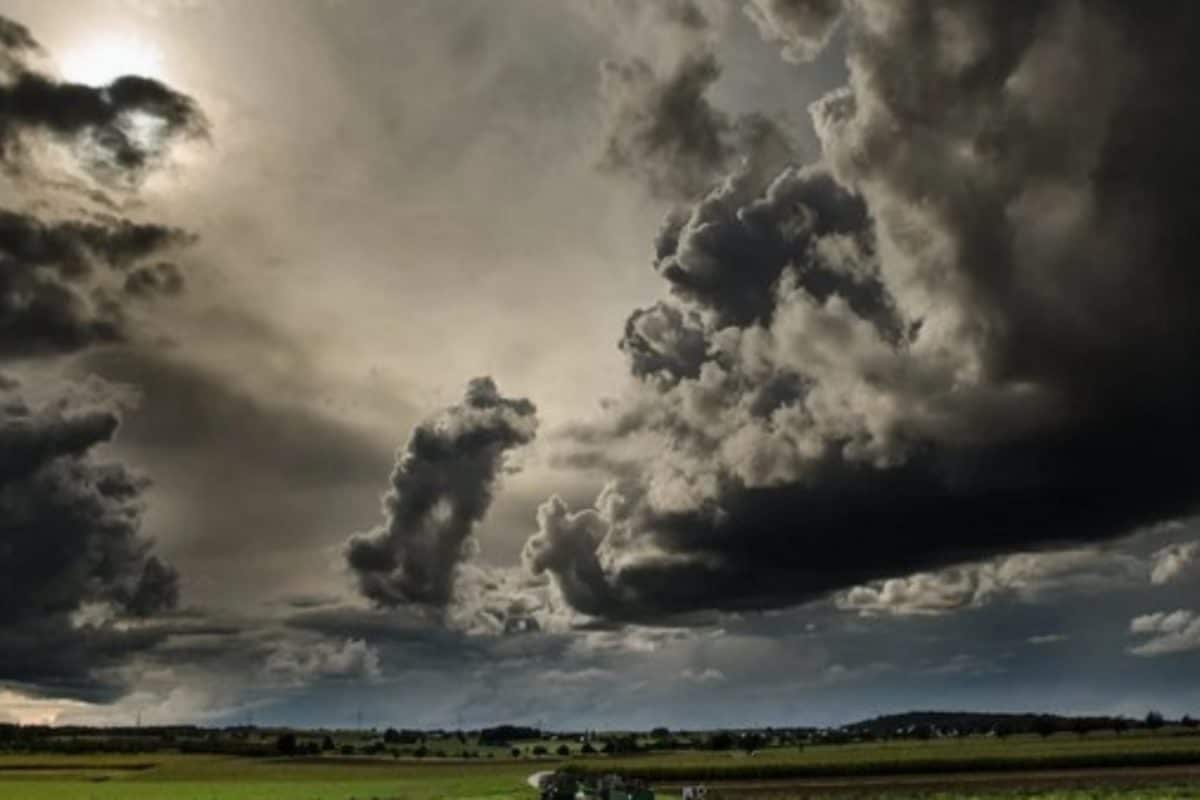

The southwest monsoon is poised to hit Kerala within the next 24 hours, marking the earliest onset in 16 years. This early arrival is nearly a week ahead of the usual date of June 1, with similar early onsets recorded in 2009 and 2001, when the monsoon arrived on May 23.
The India Meteorological Department (IMD) has issued a red alert for several districts in Kerala, anticipating extremely heavy rainfall. A red alert signifies rainfall exceeding 20 cm in 24 hours. Orange and yellow alerts have also been issued for other districts, indicating very heavy (11 cm to 20 cm) and heavy (6 cm to 11 cm) rainfall, respectively.
The IMD has warned of strong winds along the coastal and interior areas and has advised the public, especially fishermen, to take precautionary measures. Fishing has been banned along the Kerala-Karnataka-Lakshadweep coasts until May 27. The Indian National Centre for Ocean Information Services (INCOIS) has also forecast high waves of up to 3.5 meters at various coastal locations.
Heavy rainfall has already been witnessed in several parts of Kerala over the past few days due to a low-pressure area and the advancing monsoon system. This has disrupted normal life in many areas. Authorities are advising residents to remain vigilant and avoid non-essential travel.
Tourist centers in Kannur will be closed from May 25-27. Boating, kayaking, rafting, and coracle boats are prohibited in Idukki. Kozhikode has banned quarry operations.
The early and strong onset of the monsoon is attributed to a low-pressure area over the east-central Arabian Sea, off the south Konkan coast. This system is expected to move northwards and intensify into a depression, leading to widespread rainfall along India's western coastline.
While the early onset of the monsoon is generally good news for agriculture and water resources, there are concerns that twin cyclonic systems in the Arabian Sea and the Bay of Bengal could lead to a stalling of monsoon winds, as has happened in the past. In 2024, the monsoon stalled for 19 days due to Cyclone Remal, leading to higher-than-normal temperatures and heat waves in some regions. A similar event occurred in 2021 when Cyclones Tauktae and Yaas caused the monsoon to stall for 24 days.
The IMD has predicted above-normal or excess rains during the entire monsoon season. However, the uncertainty surrounding the cyclonic systems requires close monitoring to ensure effective disaster management and mitigation strategies are in place.